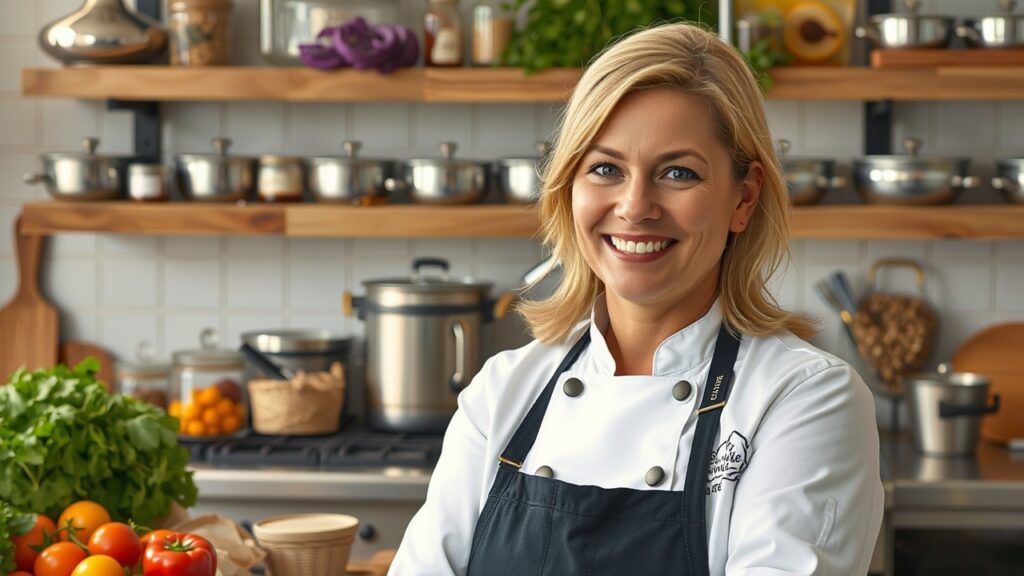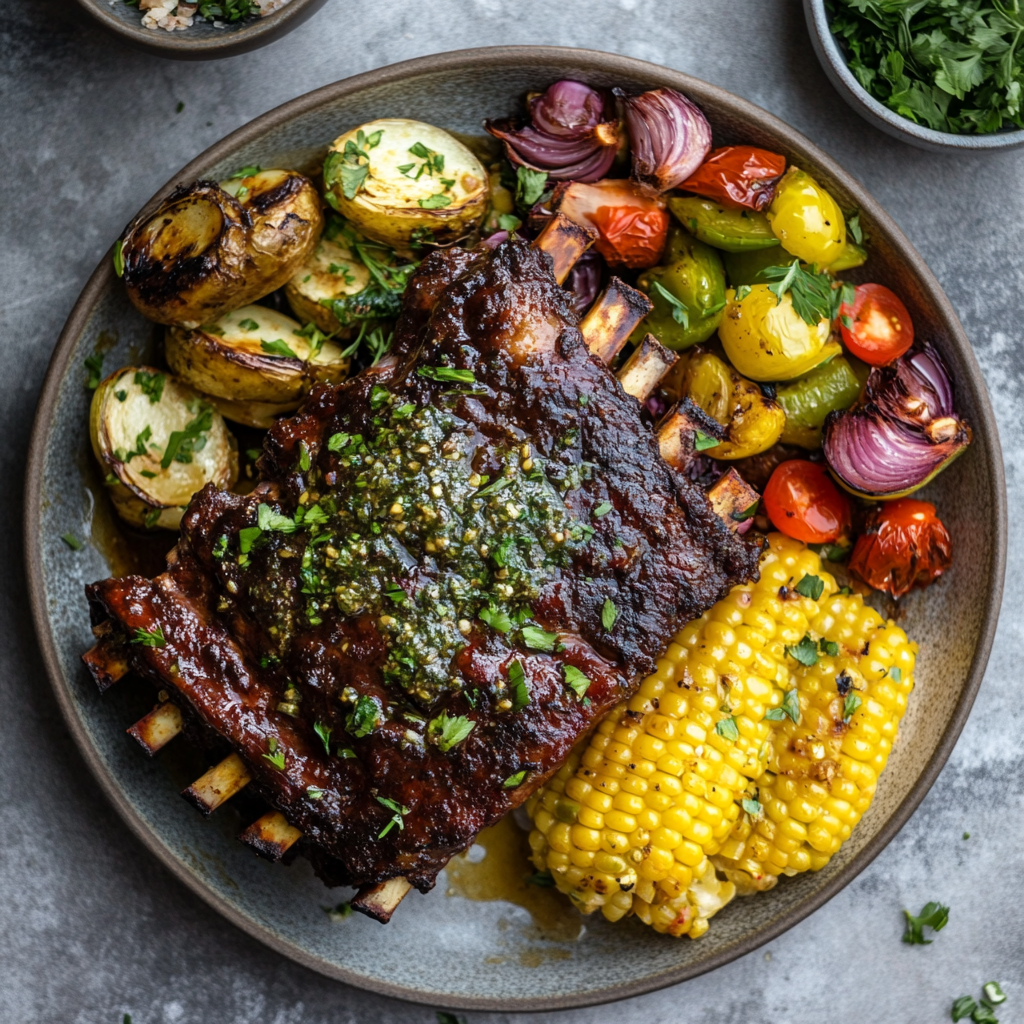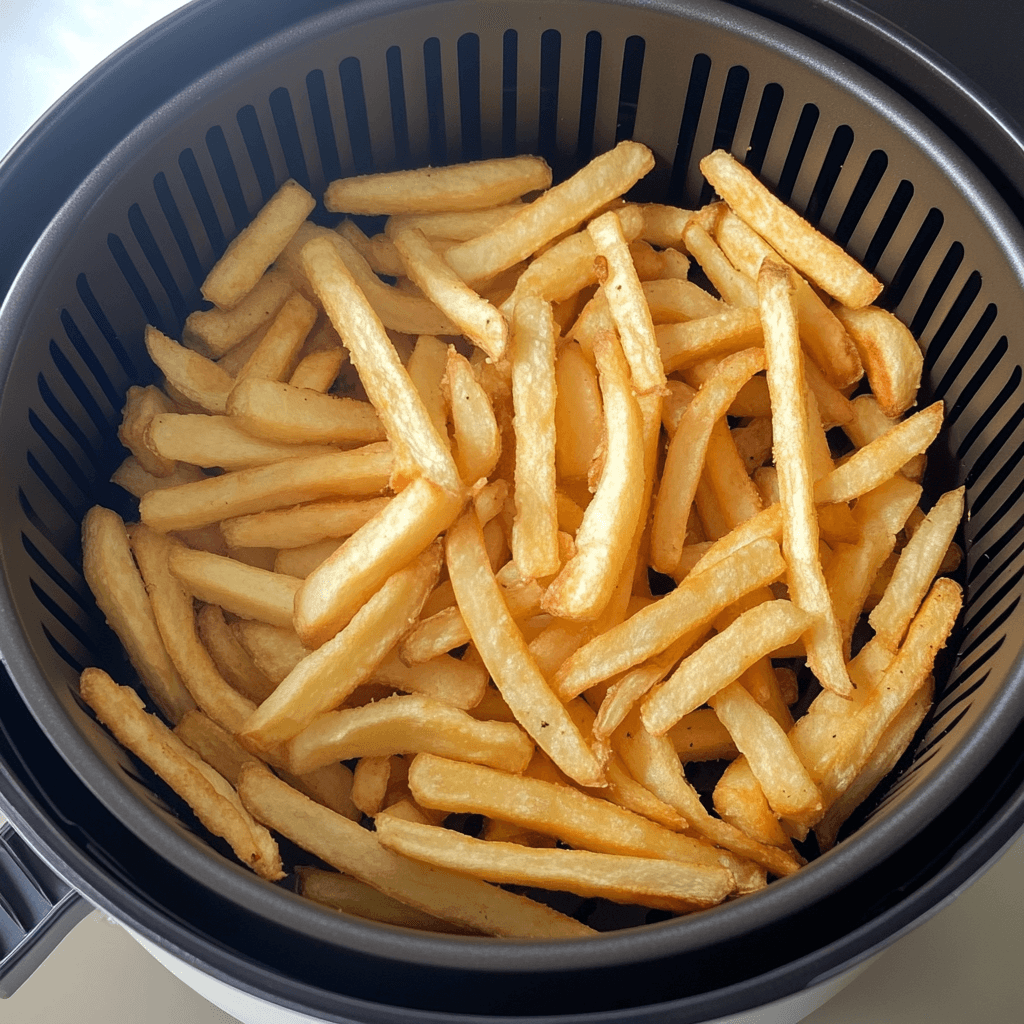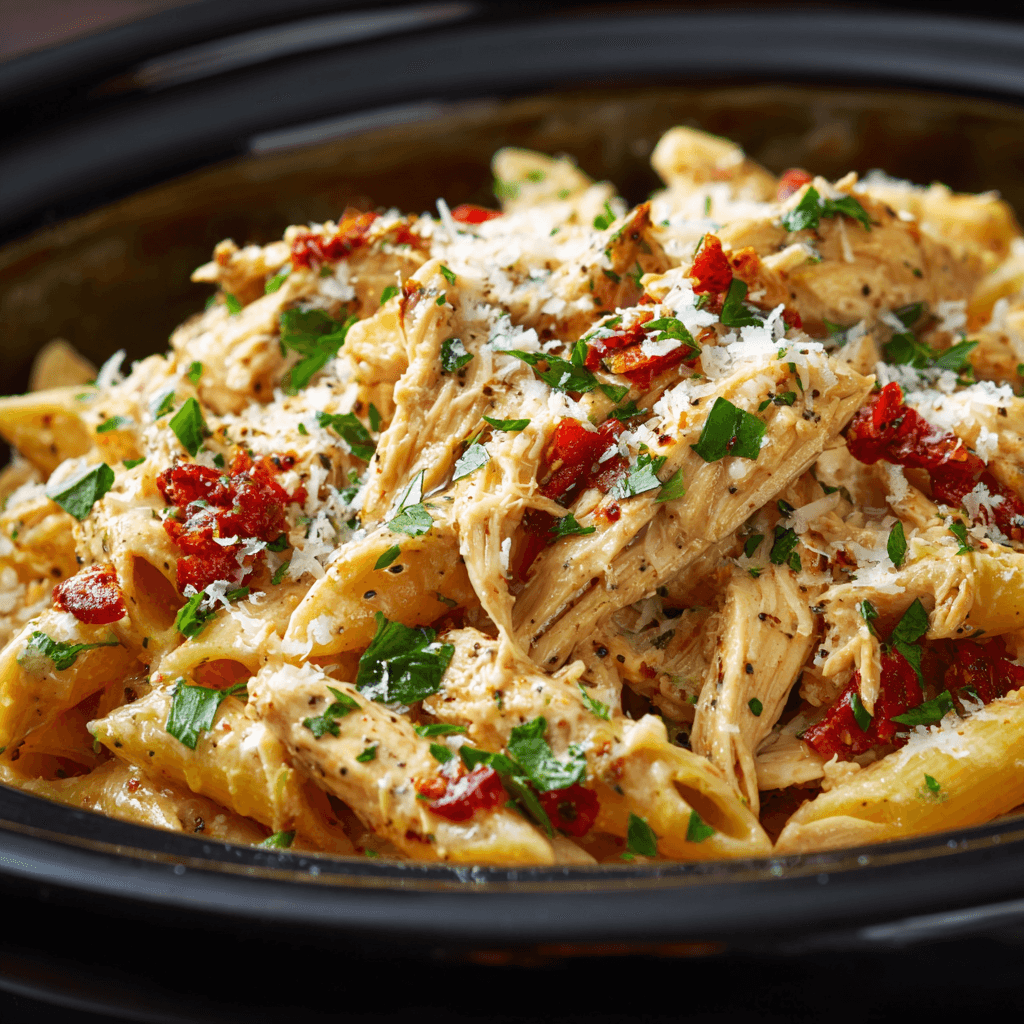Introduction to Beef Ribs Recipe
What Makes Beef Ribs Unique?
Beef ribs offer rich, bold flavors and a tender, juicy texture, which make them a favorite for many. Furthermore, their marbling and connective tissue break down during cooking, creating an incredibly flavorful dish. Additionally, cooks enjoy using slow-smoking, grilling, or braising techniques to enhance the taste, making beef ribs perfect for any occasion.
The Popularity of Beef Ribs Across Cuisines
Cuisines worldwide celebrate beef ribs for their versatility and hearty appeal. For example, in American barbecue, cooks season ribs with dry rubs and slow-cook them over wood to create a smoky flavor. Similarly, in Korean dishes like Kalbi, chefs marinate ribs in a sweet, savory sauce before grilling them to perfection. As a result, beef ribs become a star ingredient in both casual meals and festive gatherings.
Types of Beef Ribs
Short Ribs vs. Back Ribs
Understanding the difference between short ribs and back ribs helps you choose the right option for your recipe:
- Short Ribs: These come from the lower ribcage and are packed with meat and marbling. Slow cooking, like braising, tenderizes the meat and intensifies its flavor, which makes short ribs ideal for hearty meals.
- Back Ribs: Cut from the upper ribcage near the spine, back ribs contain less meat but deliver smoky, charred flavors when grilled or barbecued. Moreover, their thinner cut allows them to cook quickly and absorb marinades easily.
Choosing the Right Cut for Your Recipe
The right beef ribs depend on your cooking method and desired results:
- For tender, fall-off-the-bone results, select short ribs and braise them in a flavorful broth.
- To enjoy smoky, charred ribs, choose back ribs and grill them with your favorite sauce.
- Additionally, asking your butcher for advice ensures you find the best cut for your recipe. They can guide you based on your cooking style and preferences.
By understanding the unique qualities of beef ribs and selecting the perfect cut, you can create a dish that is both delicious and unforgettable.
Key Ingredients for Beef Ribs Recipe
Selecting High-Quality Beef Ribs
The success of your beef ribs recipe begins with selecting the right ribs. For instance, look for ribs with good marbling, as the fat keeps the meat moist and flavorful during cooking. Additionally, ensure the ribs have an even thickness to guarantee they cook evenly. Short ribs are perfect for braising or slow cooking, while back ribs are better suited for grilling or smoking. Furthermore, choosing fresh, high-quality ribs from a trusted butcher ensures the best results.
Essential Seasonings and Marinades
Seasonings and marinades are essential for enhancing the flavor of beef ribs. A basic mix of salt, black pepper, garlic powder, and paprika creates a savory foundation. Moreover, you can add spices like onion powder, chili powder, or cumin to intensify the flavor. If you prefer marinated ribs, consider a combination of soy sauce, Worcestershire sauce, brown sugar, and minced garlic for a sweet and savory taste. Allow the ribs to marinate for at least 4-6 hours, or better yet, overnight for deeper flavor absorption. Additionally, fresh herbs such as thyme or rosemary can elevate the overall taste and aroma of the dish.
Tools and Equipment Needed
Grills, Smokers, and Ovens
The choice of cooking equipment significantly affects the outcome of your beef ribs:
- Grills: A charcoal or gas grill is excellent for adding smoky, charred flavors to the ribs. For best results, use indirect heat to cook them slowly without burning.
- Smokers: Smokers are ideal for low-and-slow cooking, which allows the ribs to absorb deep, smoky flavors. Furthermore, using wood chips like hickory, mesquite, or applewood enhances the aroma and taste.
- Ovens: For a convenient indoor option, consider using an oven. Braising the ribs in a covered dish with broth or sauce locks in moisture and flavor. Additionally, finishing them with a quick broil creates a caramelized crust.
Must-Have Kitchen Tools for Cooking Beef Ribs
Using the right tools simplifies the preparation and cooking process:
- Tongs: Sturdy tongs are crucial for flipping and handling the ribs without piercing the meat, which helps retain juices.
- Meat Thermometer: A meat thermometer ensures the ribs reach the ideal temperature of 200°F (93°C) for tender, fall-off-the-bone results.
- Basting Brush: A basting brush allows you to evenly apply marinades or sauces, ensuring consistent flavor.
- Aluminum Foil: Wrapping the ribs in foil during cooking helps retain moisture and accelerates the process, especially on a grill or smoker.
- Cutting Board and Sharp Knife: A sturdy cutting board and a sharp knife are essential for trimming excess fat and slicing the cooked ribs cleanly.
By selecting high-quality ribs, using the right seasonings, and equipping yourself with proper tools, you can consistently create beef ribs that are flavorful, tender, and irresistibly delicious.
Preparation Steps
Trimming and Cleaning Beef Ribs
To ensure your beef ribs cook evenly and taste their best, proper trimming and cleaning are essential. Start by removing any excess fat from the ribs, as too much fat can lead to greasy results. Additionally, use a sharp knife to remove the silver skin—a tough membrane on the bone side of the ribs. This step allows seasonings and marinades to penetrate the meat more effectively. Finally, rinse the ribs under cold water and pat them dry with paper towels before proceeding to the next steps.
Marinating for Maximum Flavor
Marinating beef ribs enhances their flavor and tenderness. Create a marinade using a combination of ingredients such as soy sauce, Worcestershire sauce, olive oil, garlic, and spices. For a sweet and savory profile, add brown sugar or honey. Place the ribs in a resealable plastic bag or shallow dish, ensuring they are fully coated in the marinade. Refrigerate for at least 4-6 hours, or better yet, overnight. Marinating not only boosts flavor but also helps keep the ribs moist during cooking.
Cooking Techniques for Beef Ribs
Low-and-Slow Smoking
Smoking beef ribs is a classic technique that creates tender, flavorful results. Preheat your smoker to 225°F (107°C) and add wood chips like hickory, mesquite, or applewood for extra flavor. Season the ribs with your favorite dry rub, then place them in the smoker with the bone side down. Smoke the ribs for 5-6 hours, spritzing them occasionally with a mixture of apple juice and water to retain moisture. This low-and-slow method allows the connective tissue to break down, resulting in meat that falls off the bone.
Oven-Baking for Tender Ribs
If you don’t have a smoker, oven-baking is an excellent alternative. Preheat your oven to 300°F (150°C) and place the seasoned ribs in a baking dish. Cover the dish tightly with aluminum foil to trap moisture and bake for 2.5 to 3 hours. For added flavor, brush the ribs with barbecue sauce during the last 15 minutes of cooking and broil them for a caramelized finish. Oven-baking is a convenient way to achieve tender ribs with minimal effort.
Grilling for a Smoky Char
Grilling beef ribs is perfect for creating a smoky, charred crust. Preheat your grill to medium-high heat and prepare for indirect cooking. First, sear the ribs directly over the flames for 2-3 minutes per side to develop a flavorful crust. Then, move them to the cooler side of the grill and cook with the lid closed for about 1-1.5 hours, flipping occasionally. Baste with your favorite barbecue sauce during the final 15 minutes for sticky, smoky perfection.
By following these preparation steps and cooking techniques, you’ll achieve mouthwatering beef ribs that are tender, flavorful, and perfect for any occasion.
Step-by-Step Beef Ribs Recipe
Ingredients List
- 2 racks of beef ribs (short ribs or back ribs)
- 2 tablespoons olive oil
- 1 tablespoon salt
- 1 tablespoon black pepper
- 1 teaspoon garlic powder
- 1 teaspoon onion powder
- 1 teaspoon smoked paprika
- 1 cup barbecue sauce (optional)
- ½ cup apple juice or beef broth (for basting)
Cooking Directions
- Prepare the Ribs: First, trim any excess fat and remove the silver skin from the ribs. Next, rinse the ribs under cold water and pat them dry with paper towels to ensure they are clean and ready for seasoning.
- Season the Ribs: Then, rub the ribs with olive oil to help the spices stick. After that, combine salt, black pepper, garlic powder, onion powder, and smoked paprika. Sprinkle this mixture evenly over all sides of the ribs, ensuring they are fully coated.
- Choose Your Cooking Method:
- For Smoking: Start by preheating the smoker to 225°F (107°C). Place the ribs bone-side down in the smoker and let them cook for 5-6 hours. To retain moisture, spritz the ribs with apple juice or broth every hour.
- For Oven-Baking: Preheat the oven to 300°F (150°C). Place the seasoned ribs in a baking dish, cover tightly with foil, and bake for 2.5-3 hours. Toward the end, brush the ribs with barbecue sauce and broil for 5-10 minutes to achieve a caramelized crust.
- For Grilling: Preheat the grill to medium-high heat. First, sear the ribs over direct heat for 2-3 minutes per side. Then, move them to indirect heat and cook for 1-1.5 hours, basting with barbecue sauce during the final 15 minutes for added flavor.
- Rest and Serve: Finally, allow the ribs to rest for 10 minutes before slicing. This step helps redistribute the juices. Serve hot with extra barbecue sauce on the side for dipping.
Tips for Perfect Results
- Low and Slow: Cooking the ribs at a low temperature over a longer time ensures they become tender and juicy.
- Spritzing: Regularly spritz the ribs with apple juice, broth, or vinegar to lock in moisture and enhance flavor.
- Resting: Always let the ribs rest after cooking to allow the juices to redistribute, resulting in a more flavorful bite.
- Sauce Timing: Apply barbecue sauce or glazes during the last 15 minutes to avoid burning the sugars in the sauce.
Sauces and Glazes for Beef Ribs
Classic Barbecue Sauce
Barbecue sauce is a timeless choice for beef ribs. For instance, a smoky, tangy sauce offers traditional flavors, while sweeter options with honey or molasses create a sticky, caramelized finish. To ensure the sauce doesn’t burn, apply it generously during the final 15 minutes of cooking.
Spicy and Sweet Glazes
If you enjoy bold and dynamic flavors, a spicy and sweet glaze is an excellent choice. For example, mix honey, chili flakes, soy sauce, and lime juice for a balanced glaze. Furthermore, brush the glaze onto the ribs during the last 15 minutes of cooking, flipping them occasionally for an even coating.
Homemade Marinades
For complete flavor control, making a homemade marinade is a great option. A simple marinade might include soy sauce, Worcestershire sauce, brown sugar, garlic, and ginger. Additionally, marinate the ribs in a resealable bag or container for at least 4 hours—or better yet, overnight—to allow the flavors to penetrate deeply.
By following these detailed instructions and experimenting with various sauces and glazes, you’ll consistently create beef ribs that are flavorful, tender, and perfect for any gathering. Moreover, these techniques ensure your dish will impress family and friends every time.
Variations of Beef Ribs Recipe
Korean-Style Beef Ribs
Korean-style beef ribs, also known as Kalbi, are a flavorful and tender variation of beef ribs. Marinate thinly sliced ribs in a mix of soy sauce, brown sugar, sesame oil, garlic, ginger, and green onions for at least 4 hours or overnight. Grill them over medium-high heat for a few minutes on each side until caramelized. The result is a sweet and savory dish that pairs well with steamed rice and kimchi, offering a delicious fusion of smoky and bold flavors.
Sticky Honey Garlic Ribs
For a sweet and savory twist, try sticky honey garlic ribs. Begin by slow-cooking or baking the ribs until tender. Meanwhile, make a glaze by combining honey, soy sauce, garlic, and a splash of apple cider vinegar. Brush the glaze onto the ribs during the final 15 minutes of cooking, whether in the oven or on the grill, flipping occasionally to coat evenly. This variation is perfect for those who love a sticky, finger-licking treat.
Dry Rub Beef Ribs
Dry rub beef ribs emphasize bold, smoky flavors without the need for sauces. Combine a mix of spices such as paprika, chili powder, garlic powder, onion powder, brown sugar, salt, and pepper to create a flavorful rub. Massage the mixture generously into the ribs, ensuring an even coating. Cook the ribs low and slow in a smoker or oven to develop a flavorful crust. This style works best when paired with a tangy barbecue sauce or served as-is for a more rustic experience.

Serving Suggestions
Ideal Side Dishes for Beef Ribs
Beef ribs are hearty and rich, so pairing them with the right sides creates a balanced meal. Consider these options:
- Coleslaw: The crunch and tanginess of coleslaw contrast beautifully with the richness of the ribs.
- Cornbread: Sweet, crumbly cornbread is perfect for soaking up sauces.
- Roasted Vegetables: Carrots, Brussels sprouts, or asparagus add color and nutrients to the meal.
- Mashed Potatoes: Creamy mashed potatoes provide a comforting, hearty accompaniment.
- Grilled Corn on the Cob: Smoky, buttery corn complements the flavors of barbecue ribs.
Beverage Pairings
Pairing the right beverage with beef ribs enhances the dining experience:
- Red Wine: A robust red wine, such as a Zinfandel or Malbec, complements the smoky and savory flavors of the ribs.
- Beer: Dark ales or stouts work well with ribs, balancing their richness with malty or roasted notes.
- Lemonade or Iced Tea: For non-alcoholic options, these refreshing drinks cut through the heaviness of the dish.
- Whiskey Cocktails: A smoky Old Fashioned or a bourbon-based cocktail pairs perfectly with barbecue-style ribs.
By exploring these variations and pairing suggestions, you can elevate your beef ribs recipe to suit different tastes and occasions. Whether you go for Korean-style, sticky honey garlic, or classic dry rub ribs, the right sides and beverages will complete the experience.
Common Mistakes to Avoid
Overcooking or Undercooking
One of the most common mistakes when preparing beef ribs is not cooking them to the correct temperature. Overcooking can dry out the meat, while undercooking leaves it tough and chewy. To avoid this, always use a meat thermometer to monitor the internal temperature. Beef ribs are perfectly cooked when they reach 200°F (93°C), as this allows the connective tissues to break down and result in tender, flavorful meat. Additionally, choose the right cooking method—low and slow is ideal for achieving the best texture and taste.
Skipping the Resting Period
Skipping the resting period after cooking is another mistake that can affect the quality of your beef ribs. Resting allows the juices to redistribute within the meat, ensuring every bite is tender and flavorful. Without resting, the juices may run out when slicing, leaving the ribs dry. Always let the ribs rest for at least 10 minutes before cutting or serving. Cover them lightly with foil to retain heat while they rest.
Nutritional Information
Calories and Macronutrient Breakdown
Beef ribs are rich in flavor and nutrients but can be calorie-dense due to their fat content. A typical 3-ounce serving of cooked beef ribs contains approximately:
- 250-350 calories
- 20-25 grams of protein, making it an excellent source of high-quality protein for muscle repair and growth.
- 18-25 grams of fat, primarily saturated fat, which contributes to the dish’s rich taste and calorie density.
While beef ribs are indulgent, pairing them with lighter sides can help balance the meal.
Vitamins and Minerals in Beef Ribs
Beef ribs also provide essential vitamins and minerals:
- Iron: Helps transport oxygen in the blood and prevents anemia.
- Zinc: Supports immune function and cell repair.
- B Vitamins: Particularly B12, which aids in energy production and maintaining a healthy nervous system.
- Phosphorus: Contributes to strong bones and teeth.
When paired with nutrient-rich sides like roasted vegetables or a fresh salad, beef ribs can be part of a balanced meal that satisfies both your cravings and nutritional needs.
By avoiding common mistakes and understanding the nutritional profile of beef ribs, you can enjoy a dish that is both delicious and satisfying.
Time-Saving Tips
Using a Pressure Cooker
A pressure cooker is a game-changer for preparing beef ribs when you’re short on time. Instead of the traditional low-and-slow method, pressure cooking can tenderize beef ribs in under an hour. Simply season or marinate the ribs, place them in the pressure cooker with a cup of beef broth or water, and cook on high pressure for 30-40 minutes. After pressure cooking, transfer the ribs to the grill or oven to finish with a caramelized crust. This method saves time while delivering tender, flavorful results.
Pre-Marinating for Busy Days
Pre-marinating your beef ribs is another excellent way to save time. On a less busy day, prepare the marinade and coat the ribs thoroughly. Store them in a resealable bag or airtight container in the refrigerator for up to 24 hours. This not only enhances flavor but also allows you to skip the marinating step on the day you cook. For even more convenience, you can freeze the marinated ribs and thaw them when you’re ready to cook, making meal prep quick and hassle-free.
FAQs About Beef Ribs Recipe
How are beef ribs supposed to be cooked?
Beef ribs are best cooked using a low-and-slow method, such as smoking, baking, or braising. This allows the connective tissues to break down, resulting in tender and flavorful meat. Cook the ribs at a low temperature of 225°F to 250°F (107°C to 121°C) for several hours, depending on the cooking method. For grilling, start with indirect heat and finish over direct heat for a smoky char.
What is the 3:2:1 method for beef ribs?
The 3:2:1 method is a popular technique for smoking beef ribs to perfection:
- 3 hours: Smoke the ribs uncovered at 225°F (107°C) to infuse smoky flavors.
- 2 hours: Wrap the ribs in foil with a bit of liquid (like apple juice or broth) and cook for 2 more hours to tenderize.
- 1 hour: Unwrap the ribs and return them to the smoker. Apply barbecue sauce or glaze and cook for 1 hour to achieve a caramelized finish.
What is the 3-3-3 rule for ribs?
The 3-3-3 rule is another method for cooking ribs, typically used for faster results with less time than the 3:2:1 method. It involves:
- 3 hours: Cooking the ribs on low heat in the oven or smoker.
- 3 hours: Wrapping them tightly in foil and continuing to cook to lock in moisture.
- 3 minutes: Finishing on high heat or under a broiler to create a crispy crust.
This technique can vary depending on personal preference and the cut of ribs.
Are beef spare ribs the same as beef ribs?
Beef spare ribs and beef ribs are not exactly the same, though they are often used interchangeably.
- Beef spare ribs typically come from the belly area and are larger and meatier, making them ideal for slow cooking or smoking.
- Beef back ribs are taken from the upper ribcage, near the spine. They have less meat but are excellent for grilling or barbecuing due to their smoky flavor potential.
Understanding the differences helps you choose the right ribs for your recipe and cooking method.
By incorporating these time-saving tips and understanding the best practices for cooking beef ribs, you can enjoy flavorful, tender ribs with ease, even on a busy schedule.
What’s the best way to store leftovers?
Keep leftovers in an airtight container in the fridge for up to 4 days. Reheat in the microwave or oven until hot and bubbly. For food safety tips, refer to USDA guidelines on leftovers .
Frequently Asked Questions
How Do I Ensure Tender Beef Ribs?
To achieve tender beef ribs, cook them low and slow to allow the connective tissues to break down. Smoking, braising, or baking at a temperature of 225°F to 250°F (107°C to 121°C) for several hours works best. Additionally, using a marinade or rub with acidic components like vinegar or citrus juice helps tenderize the meat before cooking. Another tip is to rest the ribs for at least 10 minutes after cooking to allow the juices to redistribute, ensuring moist and tender results.
Can I Use Store-Bought Marinades?
Yes, store-bought marinades are a convenient option for adding flavor to beef ribs. Many marinades are pre-mixed with the perfect balance of ingredients to enhance the taste of your ribs. Look for marinades labeled for beef or barbecue, and check the ingredient list for flavors you enjoy, such as garlic, soy, or smoky notes. If using a store-bought marinade, allow the ribs to soak for at least 4-6 hours, or overnight for maximum flavor. While homemade marinades offer more control, store-bought options are a great time-saving alternative.
What’s the Ideal Temperature for Cooking?
The ideal temperature for cooking beef ribs depends on the method:
- Smoking: Maintain a consistent temperature of 225°F (107°C) for low-and-slow cooking.
- Oven-Baking: Cook at 300°F (150°C) for 2.5 to 3 hours, then finish with a broil for caramelization.
- Grilling: Use medium-high heat (about 350°F/175°C) for searing, then reduce to indirect heat for slow cooking.
For perfect doneness, use a meat thermometer to ensure the internal temperature reaches 200°F (93°C), which allows the meat to become tender and flavorful.
By following these tips, you can ensure your beef ribs are tender, flavorful, and cooked to perfection every time.
When crafting your beef ribs dish, consider pairing it with flavorsome sauces. Explore the ultimate guide to hot sauce recipe for a spicy kick or the best beef short ribs recipe for mouthwatering meals for inspiration on other beef recipes. Additionally, if you’re hosting a barbecue, the best beef stir fry recipe for quick and delicious meals offers a versatile option to complement your ribs.
Conclusion
Why This Beef Ribs Recipe Will Be Your Go-To
This beef ribs recipe combines simplicity, bold flavors, and versatility, making it the ultimate go-to for any occasion. Whether you’re hosting a barbecue, preparing a comforting family dinner, or trying out a new cooking technique, these ribs deliver tender, juicy, and perfectly seasoned results every time.
Moreover, the variety of preparation methods—from smoking to oven-baking to grilling—ensures you can tailor the recipe to suit your available tools and time. The flexibility to experiment with marinades, dry rubs, and glazes also lets you customize the dish to match your personal taste preferences.
With easy-to-follow steps and reliable tips, this recipe ensures consistent success, even for beginner cooks. Once you try it, you’ll find yourself turning to this recipe whenever you need a crowd-pleasing dish that’s both flavorful and satisfying. So, gather your ingredients, fire up your smoker or oven, and get ready to impress with the best beef ribs you’ve ever made!





